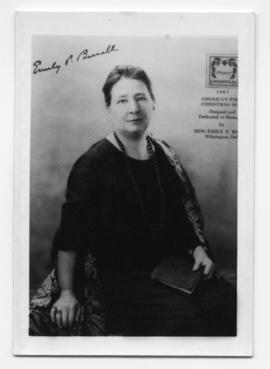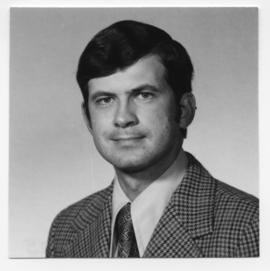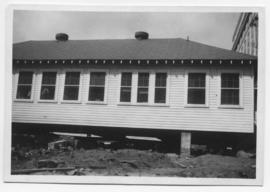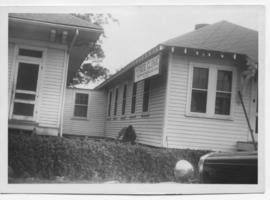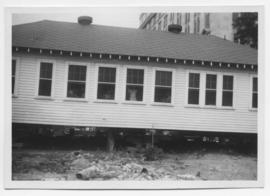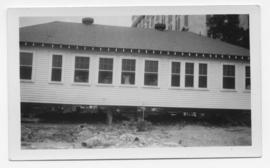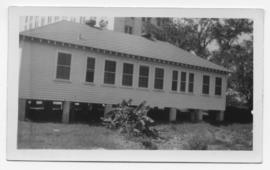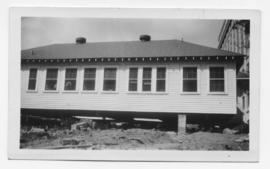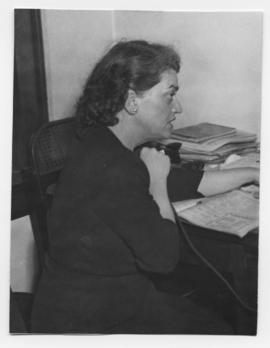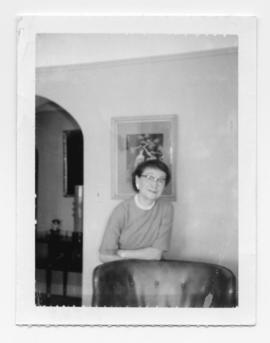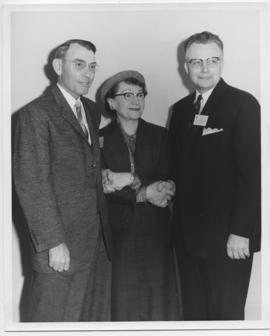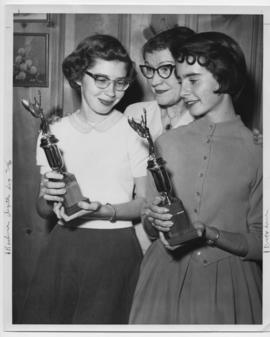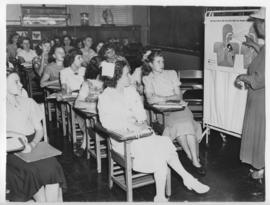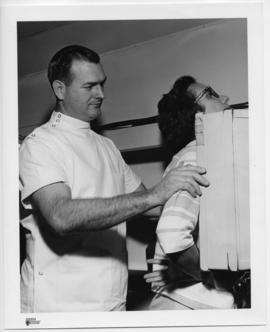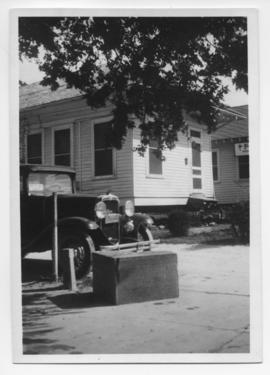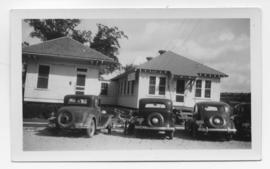Reel #3. Side #1. Recording of a meeting
- AVA-IC002-004A
- Item
- 1968/10/24 and 1968/10/28
Part of Texas Medical Center records
This sound recording comes from Side 1 of a 5" Audio Reel-to-Reel labeled "Reel #3." It is dated 10/24/68 and 10/28/68. It records the meeting(s) of an unidentified organization. The agenda items focus on the approval and administration of medical programs with a focus on the Houston area. The recordings feature the introduction of proposals/items, debate, amendments, and voting.
(0:40) Proposal 5 "Reduce complications from radiotherapy." A speaker notes the dollar amount for the program had increased since Steering had previously considered the item. He explains that the purpose is to inform facilities in Texas of the results of study carried out by UT Dental Branch and M. D. Anderson Hospital. The program supports dentist involvement, and also aims to inform and assist other regions in establishing such programs. He highlights new information just reported at a joint meeting of American Dental Association and the American Cancer Society in June. There is a recommendation to approve, but also acknowledgement of some concern that Baylor School of Dentistry wasn't involved. However, the speaker notes Dr. Randolph at Baylor was aware and will support the proposal. The group debates the need for written endorsement by entities including Baylor College of Medicine Dental School, the Texas Dental Association, and Dr. Robert Walker, who is in charge of the dental program at [unspecified] Medical School. There is a move to approve the proposal subject to receiving requested documentation, followed by a vote in favor.
(18:42) Proposal 6 “Houston neighborhood health services program.” A speaker explains this is a proposal from Baylor University College of Medicine. Originally it had included attachments from San Antonio and Galveston, but those had since been withdrawn. Steering approved the project in principle, while noting the need to establish the role of Southwestern. The proposal concerns “comprehensive neighborhood health centers.” However, one speaker criticizes it for not being comprehensive and having key omissions. (23:09) Another speaker criticizes the motion as yet another survey, proposal, or grant for a particular area, noting the “negro communities" under consideration "have been surveyed, restudied, resurveyed...everybody knows where the poor folks are. Everybody know who needs [...] healthcare. Everybody knows the death rate is higher over there. Everybody here knows that my life expectancy is seven years shorter than yours. Everybody knows that the infant mortality rate in our community is five, anywhere from three to five times higher. You drop lower first year, then it goes up to ten times. I don’t see that we need to spend any more money on this type of proposal." There is a suggestion of taking time to consider ironing out local problems and then returning the item to the steering committee. The recording concludes by recounting an earlier proposal for additional clinics in the Hospital District.
Texas Medical Center













